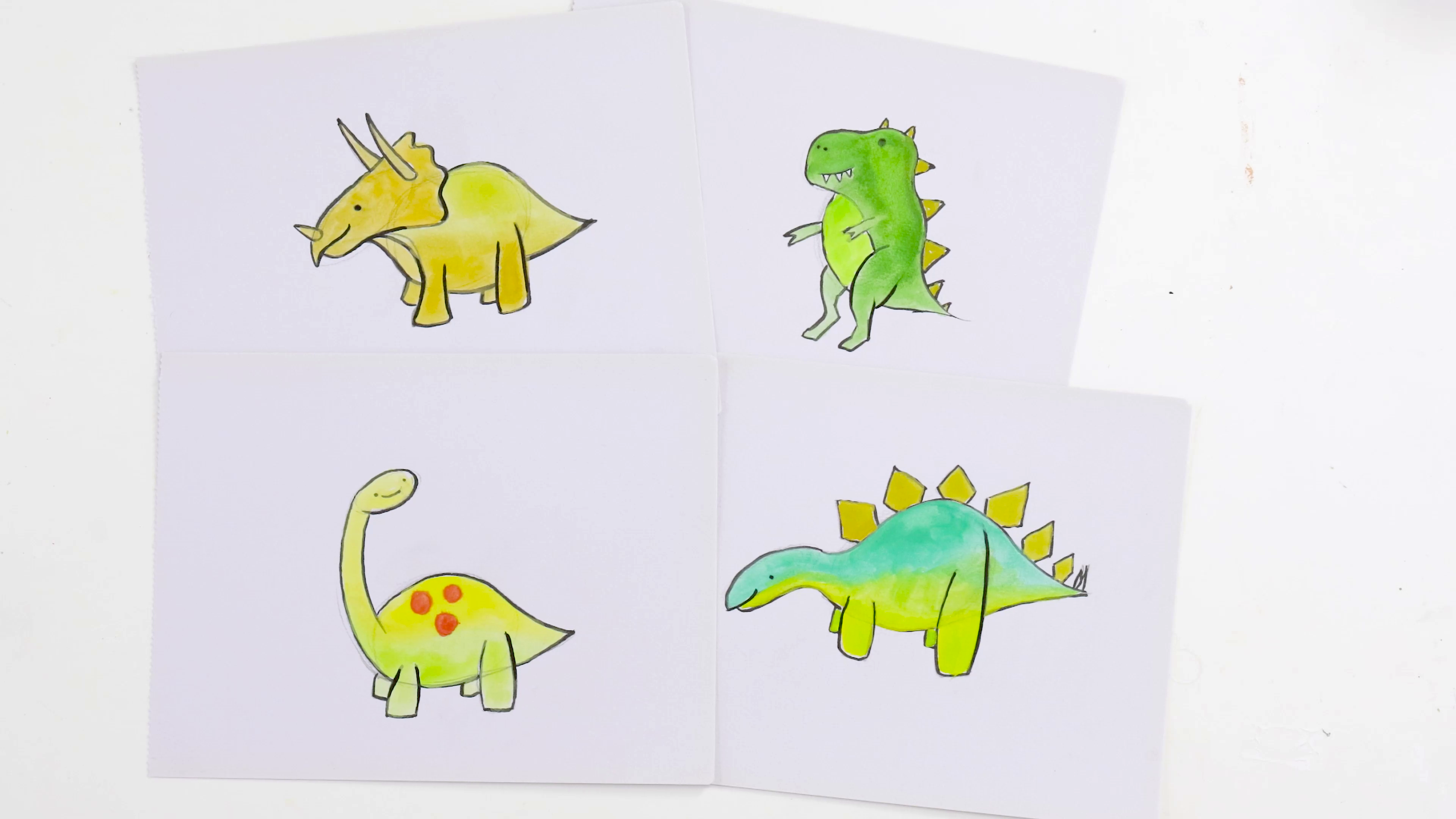Let’s jump into the four techniques that underpin traditional sculpting – carving, casting, modelling, and assembly. These have long since been seen as the main ways to sculpt, but each category has its own skills and styles. You can also combine all four – there aren’t any rules when it comes to creating. Read on to get inspired and find your fave technique!
Carving techniques
Carving is one of the most traditional sculpting methods - it’s when you start with a big piece of clay and refine it by subtractive sculpting until you end up with your desired design. You can do this with your hands or by using clay tools – it’s up to you!
We find our Pottery and Sculpture Tool Sets useful when carving clay, as the different sizes and shapes of the materials are great for creating a range of effects. You might use a finely pointed tool to carve details, or a modelling knife to create the overall shape. Experiment with different tools to discover which ones work best for your preferred sculpting style.
You can also use tools to carve texture and definition in your clay, such as fur or stone. Pulling away small, minute pieces of clay all over the slab will take the texture from smooth to coarse quickly. Depending on what you want to create, carve clean lines with sharp tools, or make raw edges with blunt tools.
Remember to work slowly and carefully, refining your design with each pass until you achieve the desired result.
Sculpture casting
You can cast sculptures using Plaster of Paris! This is a great tool for creating multiple identical sculptures, great for gifts, craft fairs, and DIY projects. Just remember, never submerge any part of your body within the wet plaster, as it reaches high temperatures during the curing process which can cause burns. Wear gloves and use tools like spoons and modelling knives when handling!
Relief mould
1. Find a surface with edges, like the back of a canvas or a container
2. Cover the bottom with Modelling Clay, making sure it's packed tightly – see our how-to video for a visual!
3. Use sculpting tools or press objects into the clay to make your relief design
4. Prime the surface with hand soap as a release agent
5. Mix Plaster of Paris with water until it's like pancake batter
6. Pour the plaster into the mould and let it dry overnight
7. Remove the mould and paint or varnish your relief sculpture!
Casting
1. Start by making a master sculpture using Air Dry Clay on a support structure – this will be the shape you'll cast! Once it's dry, paint it with acrylic paint and let it dry again. We've got a video showing how to cast an owl to see the full process
2. Build a wall around your sculpture using Modelling Clay, about 3cm wide and 6cm tall. Check out the video to see how this looks!
3. Apply a release agent to one side of your sculpture, then apply silicone and make registration lugs in the wall.
4. Cover the silicone with a thick layer of Plaster of Paris and smooth it out.
5. After it dries, remove the wall, and repeat the silicone and plastering on the other side.
6. When it's partly dry, shave away the plaster to reveal the join line, then separate the mould from the sculpture. Let it set for a day.
7. Make a cast by binding the two halves together tightly and pouring plaster into the bottom hole. Let it dry, then remove the sculpture and let it cure overnight. Finally, paint and decorate!
Clay modelling technique
Clay modelling is a versatile technique for creating three-dimensional forms. Here's how to get started with clay modelling:
- Choose Your Clay: Pick a clay that suits your sculpting needs, such as Air Hardening Clay or Polymer Clay. Do you want loads of texture or a smooth finish? Each type of clay has unique features so experiment with different varieties to find the perfect fit for your project.
- Build Up Your Sculpture: If you’re sculpting with lots of clay or creating a complex shape, it’s a good idea to start with an armature. This is a framework for your project to support the clay. You can make one by modelling wire or aluminium foil into the shape you want to create! When it’s ready, use your hands and sculpting tools to shape and mould the clay around the armature, adding details and refining the form as you go. Unlike carving, clay modelling works by adding clay features bit by bit, rather than subtracting from a larger slab.
- Refine and Finish: Once your sculpture is complete, take the time to refine the details. Smooth out rough edges, add texture, and make any final adjustments. Allow your clay sculpture to dry or cure according to the instructions before painting or sealing.
Assemblage sculpture
Assemblage sculpture is a dynamic and experimental technique where you combine found objects with clay to create unique three-dimensional artworks. Here's how to get started with assemblage sculpture:
1. Gather Your Materials: Collect a variety of found objects, recycled materials, and everyday items to use in your sculpture. Look for interesting shapes, textures, and colours that inspire your creativity. You may want to work with organic shapes like gems and stones, or manmade materials like figurines!
2. Experiment and Play: Arrange your materials in different ways, experimenting with composition and form. Don't be afraid to try strange or unusual designs and push the envelope of traditional sculpture!
3. Secure and Assemble: Once you're happy with the arrangement of your materials, use sculpting materials like clay, to adhere your objects together. You can also use adhesive, wire, tape, and other fastening methods to secure them firmly in place. You may want to model or carve alongside the assembly for a truly dynamic design.
4. Embrace Imperfection: Assemblage sculpture celebrates the beauty of imperfection and the unexpected. Embrace the quirks of your materials and let them tell their own stories within your artwork!
Now you know the basics of sculpting, you’re ready to pick up some Air Dry or Polymer Clay and get going! You may also want to grab Plaster of Paris or Plaster Cloth Wrap to secure your sculpture and experiment with more techniques.
If you feel inspired to make something, #montmarteart or tag us @montmarteart on Instagram or Facebook. We’d love to see what you come up with!
Check out our tips and techniques page for loads more ideas and inspo. To stay up to date with our latest products, art lessons, how-tos, hacks, and more, subscribe to Creative Connection by entering your email down below.



































